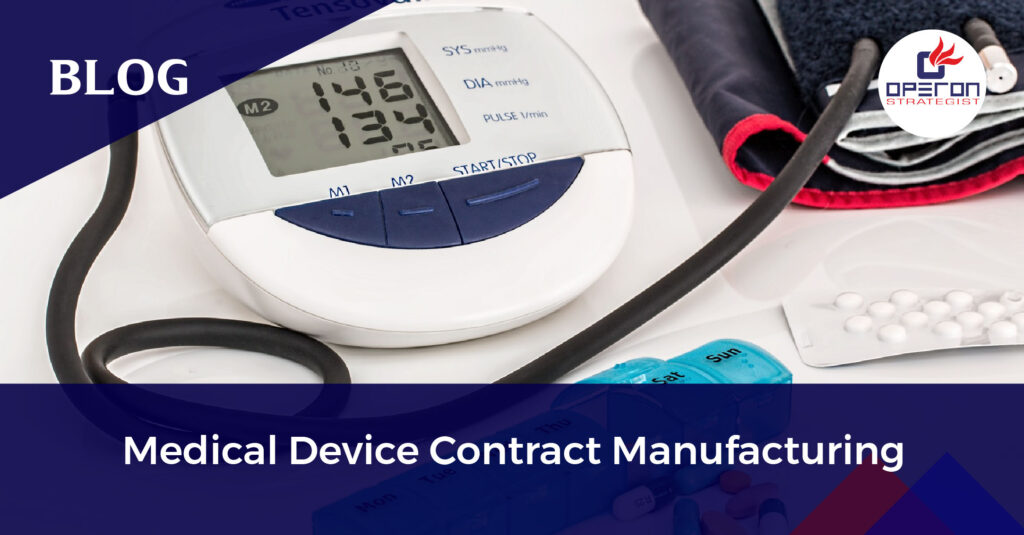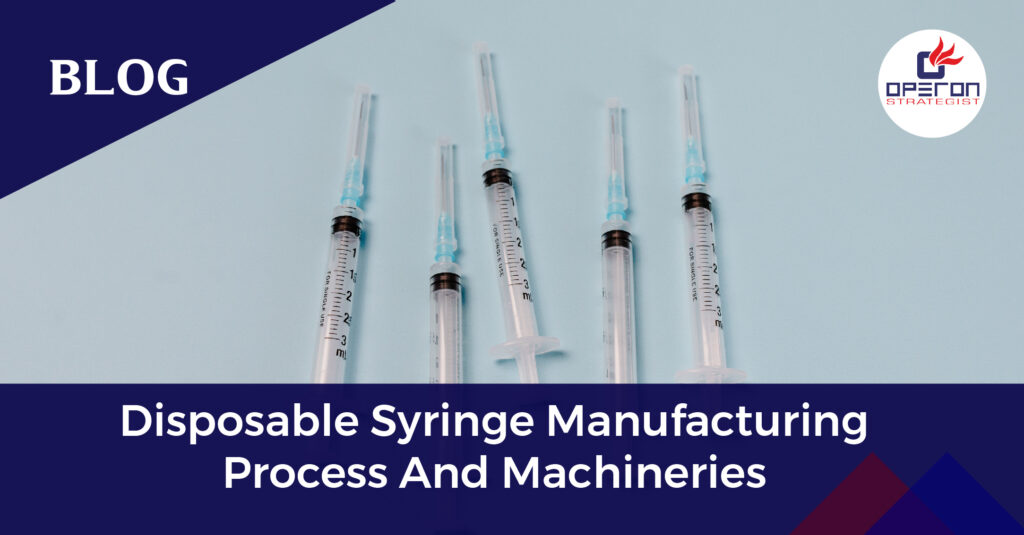Dynamic Risk Management in Medical Devices
Dynamic Risk Management for Software is becoming essential in today’s medical device industry. It is no longer just a regulatory requirement—it is the backbone of patient safety, compliance, and product success. With the rise of software-enabled medical devices, manufacturers face unique challenges: rapid design iterations, cybersecurity threats, integration of hardware and software, and increasing regulatory scrutiny.
To meet these demands, Operon Strategist supports manufacturers with Dynamic Risk Management for Software-Enabled Devices (DRM)—a flexible, platform-driven approach that adapts to design changes in real time while ensuring compliance with ISO 14971, FDA 21 CFR Part 820, and EU MDR/IVDR.
Looking For a Medical Device Regulatory Consultant?
Why Dynamic Risk Management for Software Is Critical
Dynamic Risk Management for Software touches every stage of product development and post-market activity, including:
- Product design and verification
- Regulatory approvals and submissions
- Manufacturing process controls
- Post-market monitoring and complaint handling
During development, risk analysis methods like System Hazard Analysis, FMEA, Fault Tree Analysis, and Use Error Analysis are applied. No matter the method, manufacturers must always answer three critical questions:
- What risk controls (mitigations) are required?
- Have these risk controls been implemented?
- Do they work effectively?
Traditional methods such as spreadsheets cannot keep pace with the speed and complexity of software-enabled devices. That’s why Dynamic Risk Management for Software is the smarter, more compliant alternative.
Shortcomings of the Traditional (Static) Approach
Spreadsheets (Excel, Google Sheets, etc.) are often used in early risk analysis, but they quickly become a bottleneck:
- Traceability gaps – Risks, requirements, and verification tests are not seamlessly linked.
- High error risk – Manual updates increase chances of outdated or inconsistent data.
- Limited visibility – Teams may not know which requirements act as risk controls.
- Time-consuming maintenance – Each design change requires multiple manual updates.
For example, if 50+ software requirements act as risk controls, engineers must manually track each one through multiple development changes. The result? Slow updates, broken traceability, and increased regulatory risk.
The Dynamic (Platform-Based) Approach
Dynamic Risk Management for Software replaces static spreadsheets with an integrated, object-based system that stores risks, requirements, and tests in a single, connected framework.
How it Works:
- Each risk is treated as an object with attributes like hazard, harm, severity, and probability.
- Risks are directly linked to design requirements (mitigations).
- Requirements are linked to verification tests, ensuring full traceability.
- Updates are reflected across all connected documents in real time.
This creates a living risk management system that evolves with the device, eliminating duplication, reducing errors, and accelerating compliance.
Benefits of Dynamic Risk Management for Software
- Single Source of Truth – Risks, controls, and tests are visible across all teams.
- Integration with Design Controls – Risk management connects directly with design inputs, outputs, and verification.
- Continuous Updates – Changes to risks, controls, or tests update automatically across all linked documents.
- Automated Reporting – Risk assessment reports can be generated instantly with the latest information.
- Efficient Change Management – Teams can trace any design change back to its associated risks and controls.
Accelerate Compliance with Dynamic Risk Management
Why Operon Strategist?
At Operon Strategist, we help medical device manufacturers implement Dynamic Risk Management for Software systems tailored to their products and regulatory needs. Our expertise ensures:




